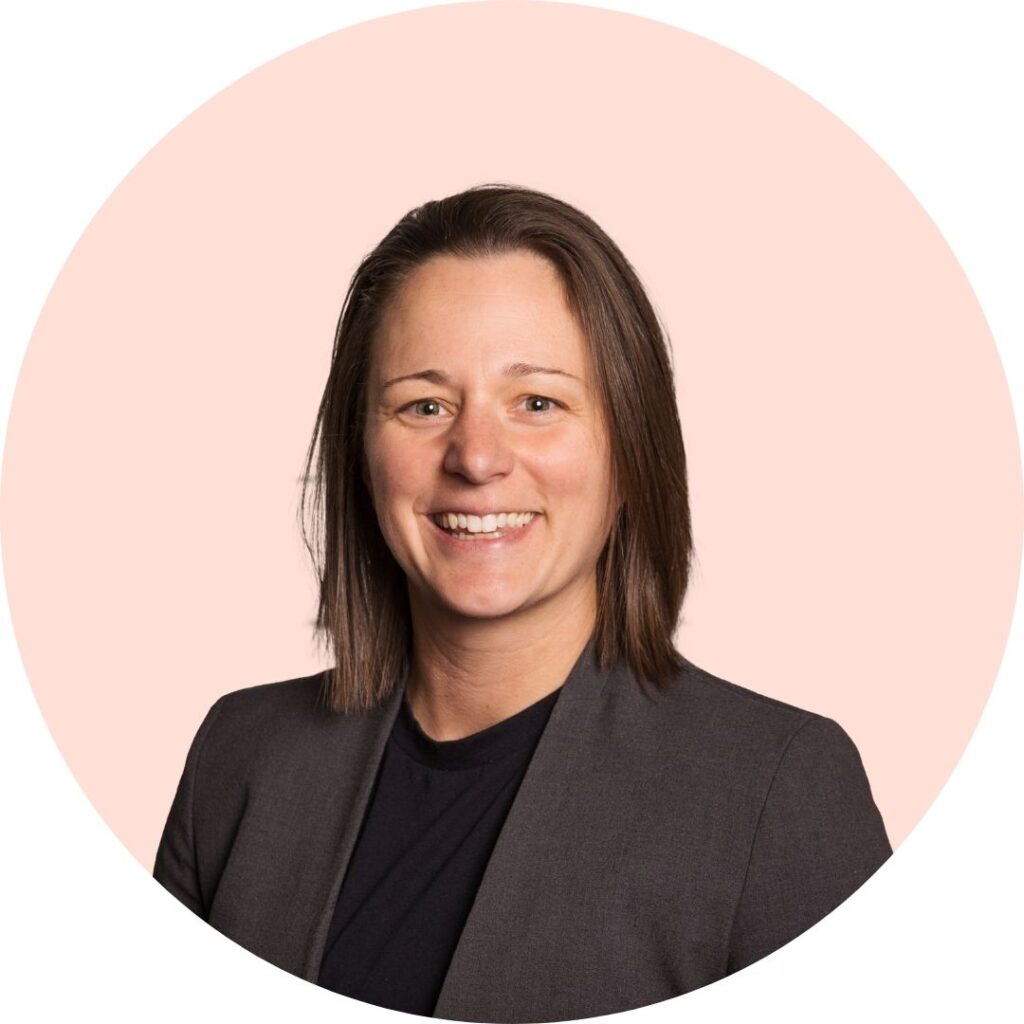Every June, the United States celebrates Pride Month, commemorating the 1969 Stonewall Uprising, which took place when a police raid on the now-iconic queer club set off widespread protests throughout New York City in support of the LGBTQIA+ community. Today, Pride is more than just recognition. It’s a powerful reminder of the continuing fight for equality and an unapologetic celebration of life and the many milestones the LGBTQIA+ community has fought for and achieved since Stonewall.

In this series, we asked three of our LGBTQIA+ employees to reflect on their journey to Lund Opsahl, on Pride, and what it means to feel included and celebrated at work and beyond. Today, we talked to our BIM manager Whitney Huse (she/her), who has been in this industry for over 11 years.
Why did you choose your discipline?
In school, I was pretty much every major you could think of, but my longest stint was as an art major. I was passionate about art, but I would spend hours, days, weeks on a piece and then come out of the zone and be like, “do I turn around and make another piece of art? What am I contributing to society?” I didn’t like that idea.
Nowadays I wouldn’t think that. Now, it’s fantastic and meditative, but back then, I wanted to be more involved and have more of an impact, for myself and people around me. So, I found drafting.
Most people don’t think of drafting as an art, but when you think of it as it first started out— with hand drafting— it really is. Even though hand drafting has died down with the computer aids that we have now, you still need to think of composition and organization of information to communicate most clearly.
Drafting is a really cool combination of doing art, building a little 3D structure, and translating that to the environment around me. It was art with a purpose.
Drafting is a really cool combination of doing art, building a little 3D structure, and translating that to the environment around me. It was art with a purpose.
Whitney Huse
How did you get started in drafting?
I had tried every different major in traditional school and then finally found a program at Southern Maine Community College (SMCC) in the department of architectural and engineering drafting and design, and I just excelled there.
Before I graduated, I had an internship at the Portland Water Resource Protection. An engineer took me under his wing and showed me how to do site visits and a lot of engineering-forward things. From there, I went to Becker Structural Engineers, or BSE (now Thornton Thomasetti), and my mentor there was awesome. He taught me everything I know. He grew from hand drafting into Revit and was proficient in everything.
He pushed me to think critically and go above and beyond as a drafter, which is how I treat a lot of my projects when I’m drafting now. It develops through teamwork between the engineer and the drafter. We’re both looking at things constructively from different perspectives, and we’re checking each other’s work to make the best possible product.
After BSE, I went back to SMCC and ended up teaching a Revit course. There were a lot of architectural firms going from CAD to Revit. I would do that after hours, and then I went back to school and got my BO in graphic design with a concentration in 3D software, just to check it off the list.
Afterwards, I decided to move out of Maine and start my own business on the road. I had clients back in Maine working on net-zero, Passive House forward designs. We were building homes and communities that shared electric grids, building with a closed envelope rather than a breathable envelope, which had been the science for a long time.
Then some transitions happened. When I was living in New Orleans, I ended up dropping my business for a little while and worked for a company named MMI. They built a lot of New Orleans and after Katrina, rebuilt a lot in that area, which was interesting to be a part of. From there I got recruited to move to Seattle and wanted to move closer to family, so that’s how I ended up here at Lund Opsahl.
What is the best part about your job?
As a manager, it’s definitely seeing the people around me grow. And the other way around— seeing myself grow, because of what feedback they’re giving me. That’s what makes me come back every day.
Pride is knowing that I am accepted and comfortable in my own space and that I can be who I am, because that’s when I bring the best things to the table.
Whitney Huse
What does Pride mean to you?
For me, Pride is equality and respect for the way people around you choose to live their lives or present their individuality. For a lot of people, Pride is an outward celebration, but for me, Pride is knowing that I am accepted and comfortable in my own space and that I can be who I am, because that’s when I bring the best things to the table.
And that’s what I think Lund Opsahl has done really well— create an inclusive, comfortable environment and they’ve made that a priority since day one. It’s built as a fundamental value in the culture, and that’s really all I could ever ask for. I like being treated as the individual that I am.
In this industry, I’ve done the best that I can to be neutral. I don’t want my identity as a woman or being gay define what I bring to the table. I want who I am and what skills and perspectives I bring speak for itself. And that’s how the environment is here at Lund Opsahl.


Whitney posing with the team at a recent mini golf happy hour outing. Her notes: I’m right-handed but the only putter that was short enough for me was left-handed, and I won the whole thing.
I think building community and acceptance within the culture and work environment, as Lund Opsahl has done, is the strongest form of celebration and support one could ask for.
For me personally, I feel most supported when I am respected for what I bring to the table, not treated differently for who I am or what I look like. My idea of safety is having me and my partner be seen as the same as you and your partner or them and their partner, gender or family dynamics aside. Pride for me is really embracing what all the celebration achieves.
What in your career are you most proud of?
Committing to be a forever learner. This industry, any industry, and life in general is forever evolving. I’m proud to be a continuous learner and pushing boundaries of how we can be more efficient, how we can adopt new ways to stay at the forefront of whatever it may be, whether it’s sustainability or software.
It’s very easy to reach a certain point where you say, “okay, I know these things, and I can be complacent”, but new materials, new software, new everything is invented every year. I want to always question and see if there’s a newer, better way to do things.
Favorite Lund Opsahl project?


The Woodland Park Zoo Forest Trailhead project was really fun and is a big contribution to the community. I worked on it in the beginning and helped as the project progressed. It really challenged the typical, 3D way of building things because of its unique structures and the curves, like the cages for connecting these net structures from side to side so tree kangaroos can go from one side to the other.
It challenged a lot of our drafters to learn a bunch of new things, and it challenged me to think creatively about solutions.
Favorite Seattle activity?
Visiting the parks. There’s just a plethora of parks here, and it’s amazing how integrated nature is in Seattle. My favorite parks are Volunteer Park and Lincoln Park.
What is your superpower?
Contagious Laughter. That’s my jam.

